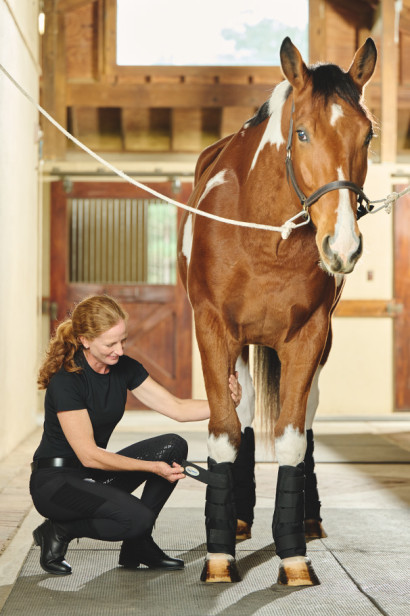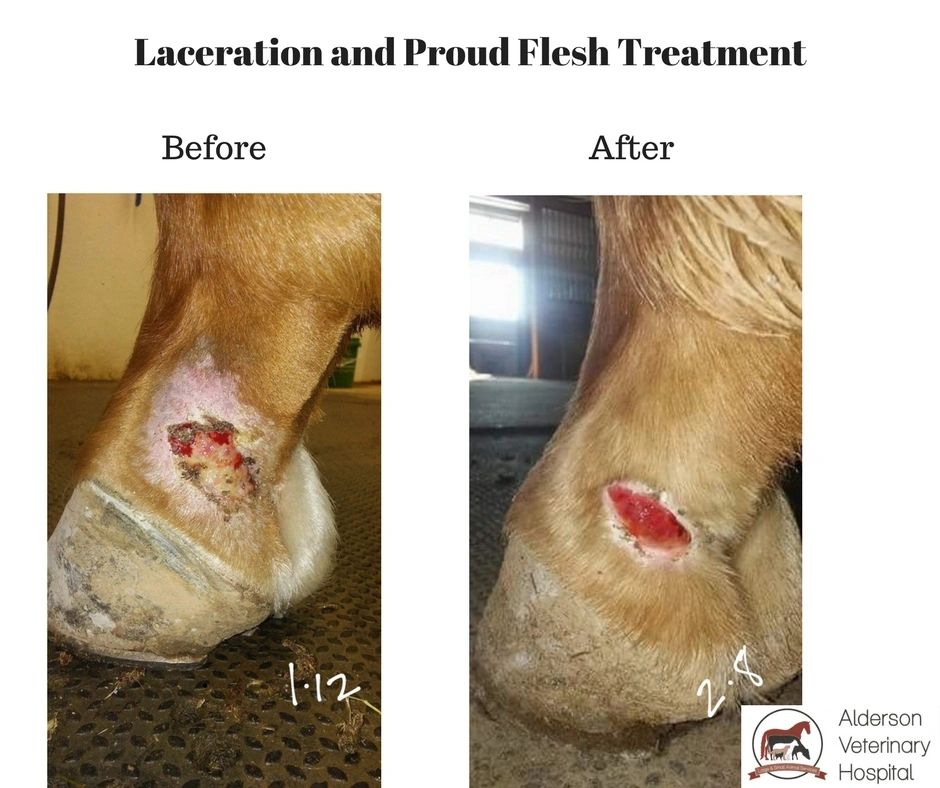The Power of Equine Therapy for Anxiousness, PTSD, and Emotional Recovery
The Power of Equine Therapy for Anxiousness, PTSD, and Emotional Recovery
Blog Article
Laser Therapy in Equine Treatment: A Modern Strategy to Improving Horse Health
Laser treatment has actually emerged as a pivotal strategy in equine therapy, using concentrated light energy to cultivate mobile fixing and speed up recuperation from a selection of conditions. By stimulating mitochondrial task and improving ATP production, laser therapy not only enhances circulation but also gives considerable discomfort alleviation.
Recognizing Laser Treatment
Laser therapy, a non-invasive therapy modality, has gotten significant traction in equine medicine as a result of its efficiency in promoting recovery and discomfort relief. This advanced healing strategy utilizes focused light energy to permeate tissues, promoting mobile repair and regeneration. The underlying device entails the excitement of mobile mitochondria, bring about increased production of adenosine triphosphate (ATP), the energy currency of cells. Improved ATP levels speed up cells repair procedures and minimize swelling, making laser treatment particularly reliable for dealing with bone and joint injuries, wounds, and various other inflammatory conditions in steeds.
There are numerous kinds of lasers used in equine treatment, each with particular wavelengths and power results tailored to different restorative requirements. Low-level laser treatment (LLLT), also recognized as cold laser therapy, employs reduced power degrees to stimulate cell function without causing thermal damage. High-intensity laser therapy (HANDLE), in comparison, utilizes greater power degrees to attain much deeper cells penetration and more considerable restorative effects.
Veterinarians use numerous laser tools and strategies depending on the problem being treated and the wanted depth of tissue penetration. Correct training and experience are vital for making sure the safe and reliable application of laser treatment, thus maximizing its therapeutic possibility while reducing dangers.
Benefits for Horse Health


With a strong understanding of how laser treatment works, it is necessary to discover its numerous benefits for equine health and wellness. One of the key advantages is its capacity to speed up tissue repair work and cell development. By stimulating mobile function, laser therapy promotes faster injury recovery and help in the regeneration of broken cells - Equine Therapy. This can be particularly advantageous in minimizing recovery times for equines dealing with injuries.
Additionally, laser therapy has actually been shown to enhance flow, consequently improving blood circulation to impacted locations. Improved flow guarantees that necessary nutrients and oxygen are provided more successfully, promoting the recovery procedure. Furthermore, laser therapy's anti-inflammatory results aid in decreasing swelling and pain, which is critical for the general wellness of the steed.
Discomfort management is one more substantial benefit. By launching endorphins and obstructing discomfort signals, laser treatment provides efficient, non-invasive remedy for both intense and chronic discomfort. This can add to boosted flexibility and high quality of life for the animal.
Finally, laser therapy is a non-invasive treatment option, lessening the risk of complications linked with even more intrusive procedures. Its versatility and effectiveness make it a very useful tool in contemporary horse veterinary medicine.
Typical Conditions Dealt With
Equine professionals frequently run into a variety of problems that can be properly managed through laser treatment. Amongst one of the most usual are bone and joint concerns, including tendon and ligament injuries. Laser treatment speeds up the healing process by boosting cellular repair work and minimizing inflammation, which is essential for injuries such as tendonitis and suspensory tendon desmitis.
Another widespread condition treated with laser treatment is joint inflammation. Horses dealing with both acute and persistent arthritis take advantage of the anti-inflammatory results of laser therapy, which helps to reduce pain and boost joint feature. Furthermore, laser treatment is used in the helpful resources administration of wounds. Whether dealing with surgical incisions or traumatic injuries, the technique advertises much faster cells fixing and decreases the threat of infection.
Horse respiratory system conditions, such as persistent air passage obstruction (RAO), additionally react favorably to laser therapy (Equine Therapy). Laser therapy is beneficial in treating hoof issues, including laminitis and abscesses.
Treatment and Safety
Applying laser therapy in equine treatment includes a careful treatment to ensure both effectiveness and safety. The process begins with a thorough veterinary evaluation to figure out the suitability of laser therapy for the steed's certain problem. When considered appropriate, the therapy area is prepared by cleaning and, if essential, clipping the hair to boost laser infiltration.
The professional needs to pick the right kind of laser, typically a low-level laser (LLLT) or a high-power laser (HPL), depending on the problem being dealt with. The laser device is then adjusted to the ideal wavelength, power, and period settings. During the application, the practitioner relocates the laser over the targeted location in a systematic fashion, guaranteeing regular and even direct exposure.
Security methods are purely abided by, including making use of protective glasses for both the practitioner and the steed. In addition, it is essential to monitor the steed for any kind of signs of discomfort or unfavorable reactions throughout the procedure. Post-treatment, the horse is commonly provided a period of remainder to allow the restorative results to show up.
Future of Equine Laser Treatment
As improvements in vet medicine remain to unravel, the future of equine laser therapy holds considerable assurance. Emerging innovations and deeper clinical understandings are set to improve and expand the applications of laser therapy for equines. Among the most expected growths is the integration of sophisticated imaging methods that enable for a lot more precise targeting of damaged tissues, thus enhancing therapeutic end useful link results. Additionally, the advancement of portable and user-friendly laser devices is most likely to make this treatment more easily accessible to a broader variety of professionals and equine owners.
Moreover, continuous research study into the molecular and cellular mechanisms of laser treatment will likely generate optimized procedures customized to details conditions, improving performance and lowering therapy times. Individualized treatment strategies based on hereditary and biochemical markers could come true, making sure that each horse receives the most ideal and effective treatment.

Conclusion
Laser therapy in equine therapy stands for a significant advancement in vet treatment, supplying a non-invasive service to boost steed health and wellness. By boosting mitochondrial activity and raising ATP production, this technique properly advertises mobile repair work, speeds up recovery, and provides pain relief. Its application spans different problems, including musculoskeletal injuries, injuries, and inflammatory diseases, making it a flexible and reliable alternative to traditional therapies. The future of equine laser therapy guarantees proceeded technology and enhanced outcomes for equine health management.
Report this page